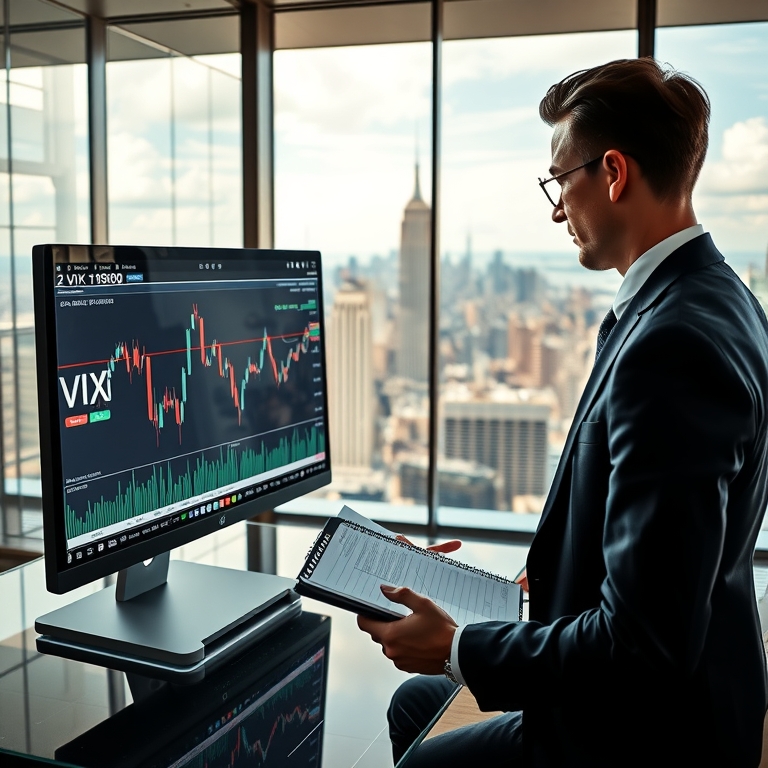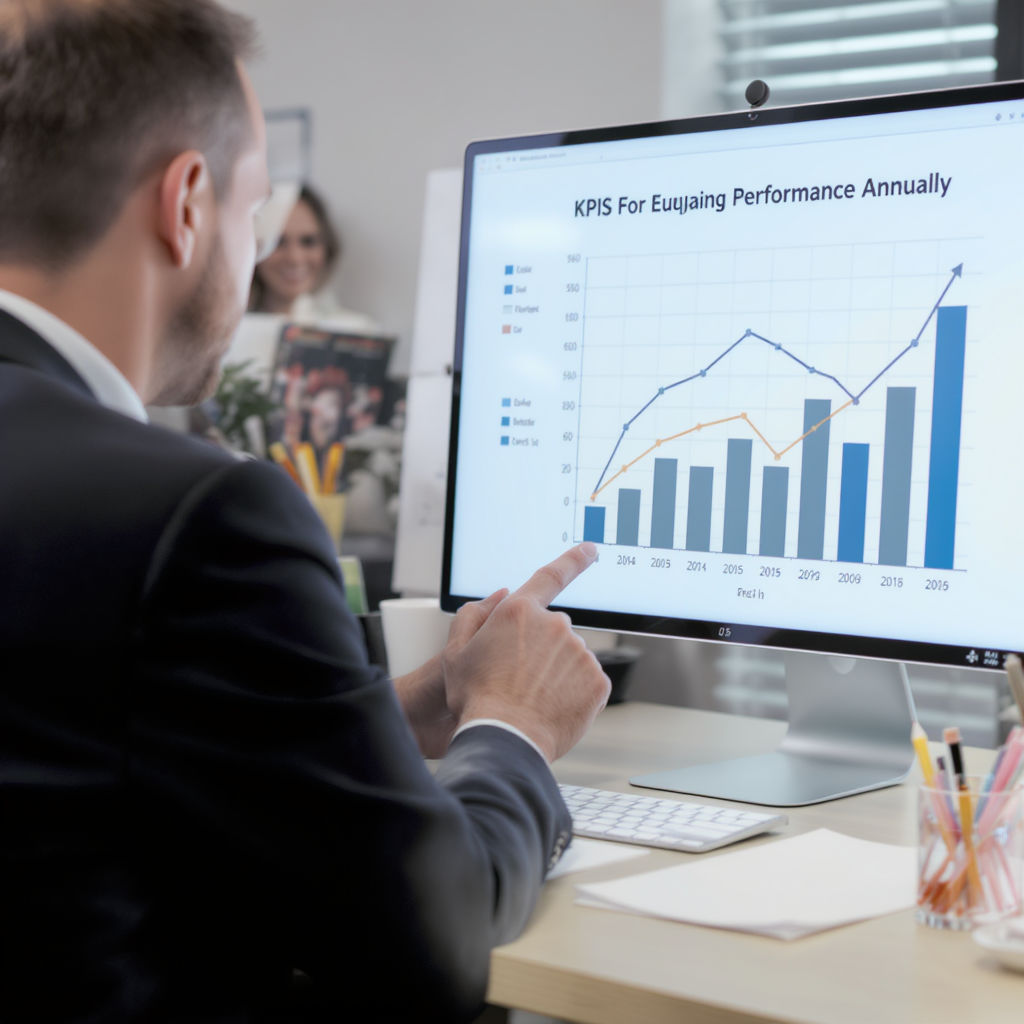In the intricate and often unpredictable world of financial markets, understanding and managing risk is as critical as identifying opportunities for growth. The VIX Index, colloquially known as the “fear gauge,” stands out as an essential tool for investors seeking to navigate the turbulent waters of market volatility. Born out of the necessity to quantify market expectations of near-term volatility, the VIX Index provides a window into investor sentiment, offering a quantifiable measure of the market’s anticipated fluctuations. As financial landscapes evolve and the global economy becomes increasingly interconnected, the role of the VIX Index in managing investor risk has never been more pertinent.
The VIX Index, formally the Chicago Board Options Exchange (CBOE) Volatility Index, was introduced in 1993 and has since become a staple in the toolkit of investors worldwide. Its primary function is to measure the market’s expectation of volatility over the coming 30 days, derived from option prices on the S&P 500 index. The index itself does not predict market direction but rather the magnitude of market movement, serving as a barometer for investor anxiety. In essence, a rising VIX indicates increasing market uncertainty and potential for significant price swings, while a declining VIX suggests a more stable, less volatile environment.
Understanding how the VIX is calculated provides valuable insights into its utility. The index is constructed using a wide range of S&P 500 index options, both calls and puts, which are then analyzed to extract the market’s consensus on future volatility. This calculation involves sophisticated mathematical models that assess the implied volatility embedded in the option prices, which reflects the collective expectations of traders and investors. As such, the VIX is not merely a reflection of past market movements but a forward-looking measure, offering a glimpse into the market’s collective psyche.
For investors, the VIX Index serves multiple purposes. Firstly, it acts as a hedging tool. During times of market turmoil, when traditional asset correlations break down and volatility spikes, the VIX can be used to hedge against potential losses. By incorporating VIX-linked products, such as futures and options, into their portfolios, investors can effectively manage risk exposure and protect against adverse market movements. This hedging capability is particularly valuable for institutional investors who oversee large portfolios and are constantly seeking ways to mitigate risk while optimizing returns.
Secondly, the VIX Index can guide asset allocation decisions. By analyzing trends in the VIX, investors can infer changes in market sentiment and adjust their portfolios accordingly. For instance, a sustained increase in the VIX may prompt a shift towards more defensive assets, such as bonds or gold, which tend to perform better during periods of heightened uncertainty. Conversely, a decline in the VIX could signal a more favorable environment for risk-taking, prompting investors to increase their exposure to equities or other high-yielding assets. Thus, the VIX serves as a strategic compass, helping investors navigate the complex interplay between risk and reward.
Moreover, the VIX Index provides a macroeconomic perspective on the market environment. It encapsulates the collective views of investors on a global scale, offering insights into broader economic trends and potential market disruptions. For instance, geopolitical tensions, economic data releases, or unexpected financial events often lead to spikes in the VIX, reflecting the market’s heightened state of alertness. By monitoring these changes, investors can gain a deeper understanding of the underlying forces driving market behavior, enabling them to make more informed decisions.
However, it’s important to note that while the VIX is a powerful tool, it is not without its limitations. The index is inherently reactive, reflecting current market conditions and expectations, and may not always capture longer-term trends or shifts in fundamental market dynamics. Additionally, interpreting the VIX requires a nuanced understanding of market mechanics and investor psychology. A high VIX does not necessarily imply an imminent market decline, just as a low VIX is not a guarantee of sustained market stability. It is one piece of a larger puzzle, to be considered alongside other indicators and analyses.
In recent years, the advent of advanced technology and data analytics has further enhanced the utility of the VIX Index. Investors now have access to a wealth of information and analytical tools, allowing for more precise monitoring and interpretation of volatility trends. This technological evolution has democratized access to sophisticated risk management strategies, enabling even individual investors to leverage the insights provided by the VIX in their decision-making processes.
The global financial landscape is perpetually evolving, influenced by an array of factors ranging from technological advancements and regulatory changes to geopolitical developments and macroeconomic shifts. In this dynamic environment, the ability to effectively manage risk is paramount. The VIX Index, with its unique ability to quantify and anticipate market volatility, remains an indispensable tool for investors seeking to navigate the complexities of modern financial markets. As the global economy continues to face challenges and opportunities, the insights provided by the VIX will undoubtedly remain a critical component of any comprehensive investment strategy.
In conclusion, the VIX Index is more than just a measure of market volatility; it is a vital instrument for risk management and strategic planning. By providing a clear signal of market sentiment and expected volatility, it empowers investors to make informed decisions, hedge against potential losses, and adapt to changing conditions. As we look to the future, the relevance of the VIX Index is likely to grow, underscoring its essential role in the ever-evolving world of finance. For investors, understanding and leveraging the insights offered by the VIX will be key to successfully navigating the uncertainties of volatile markets.






